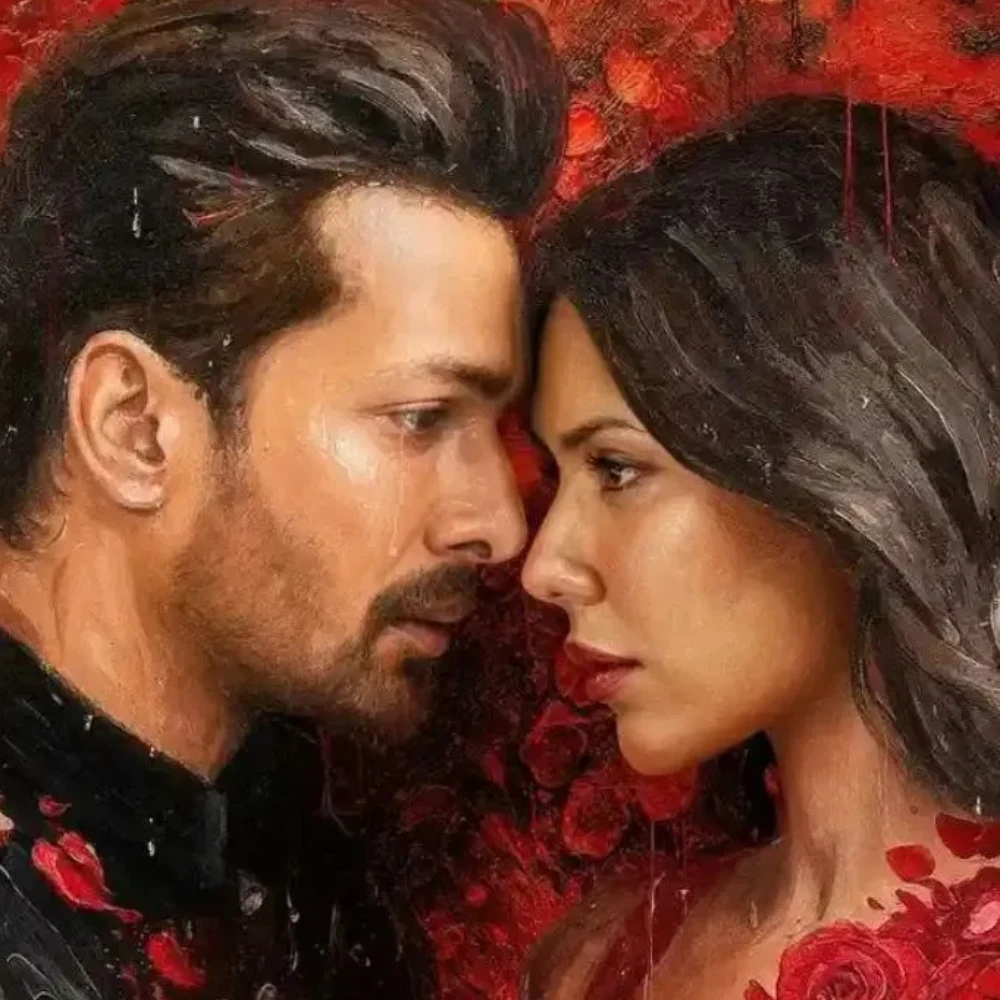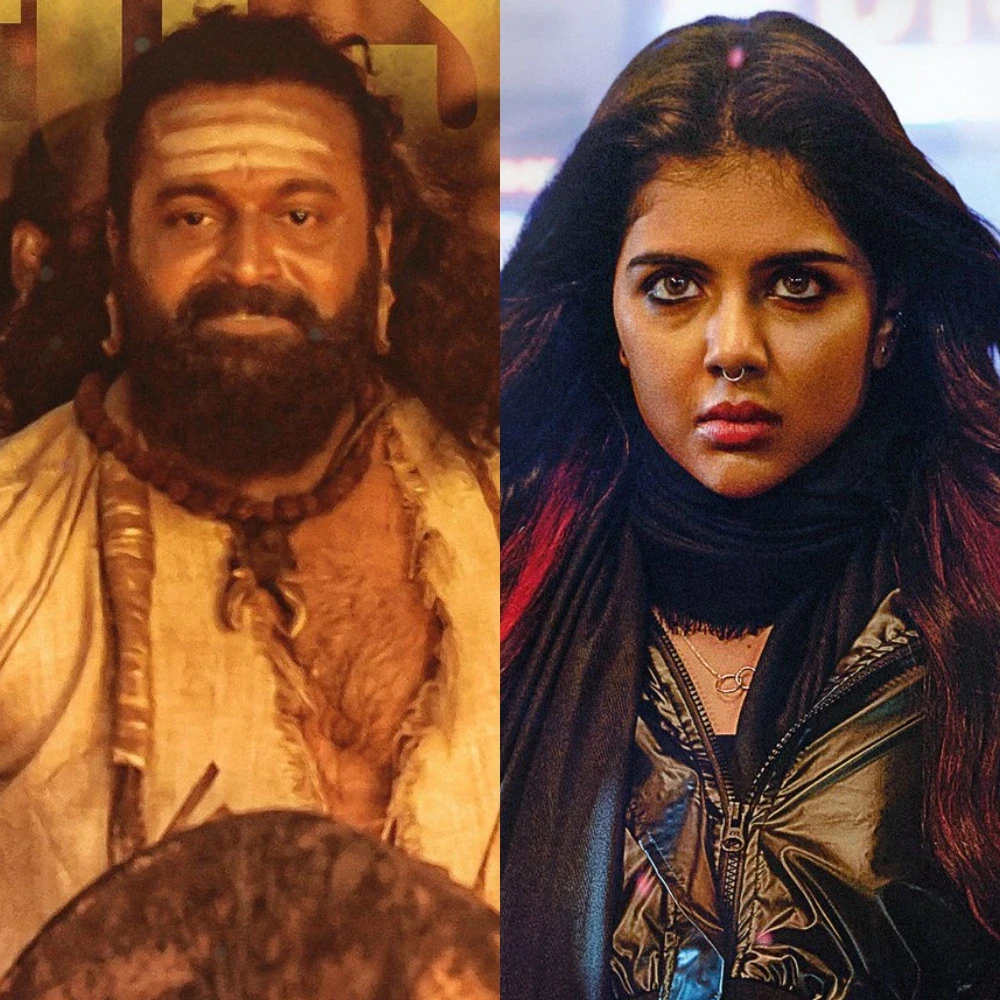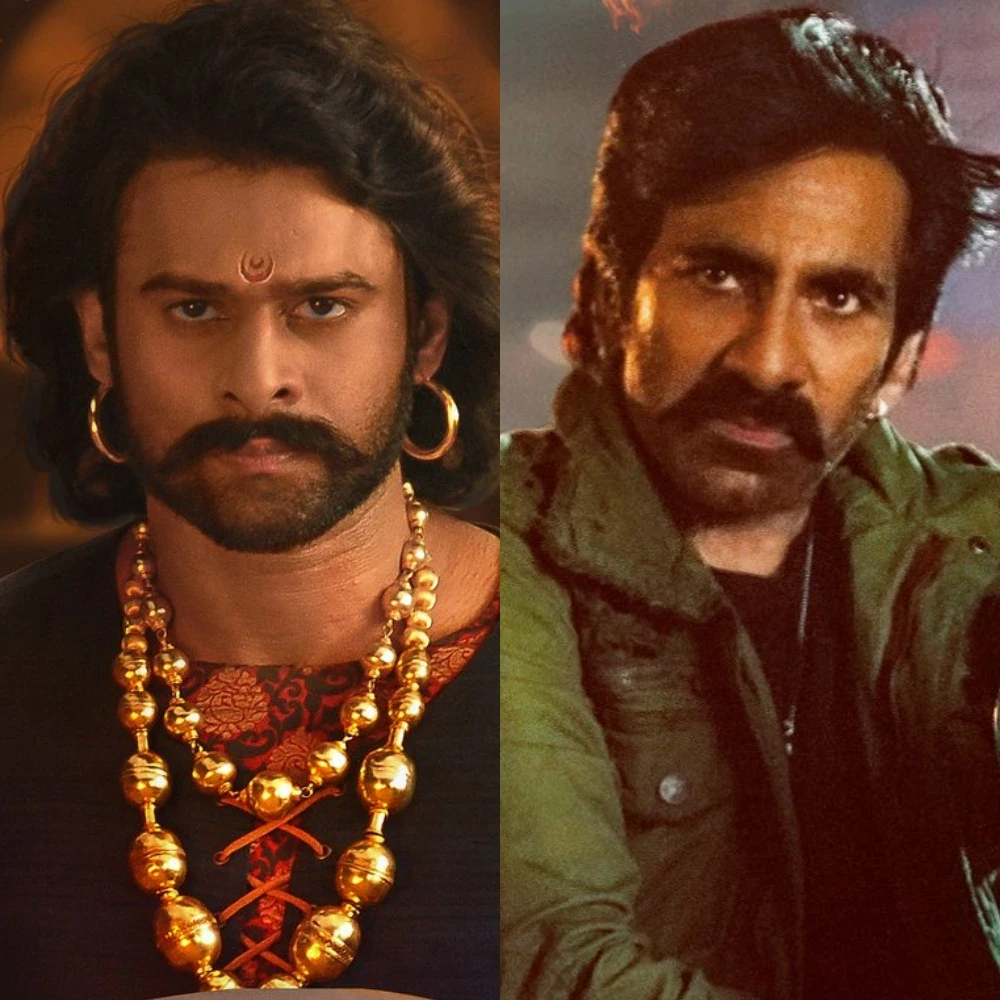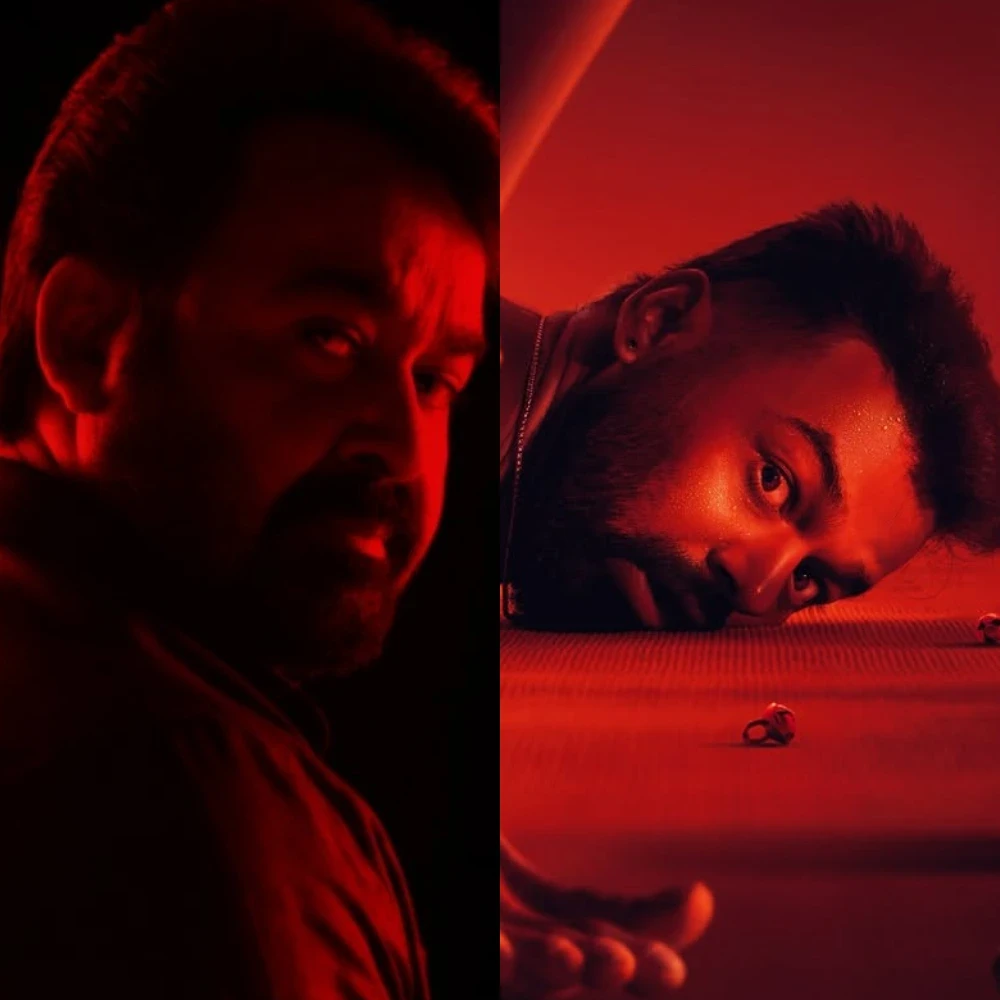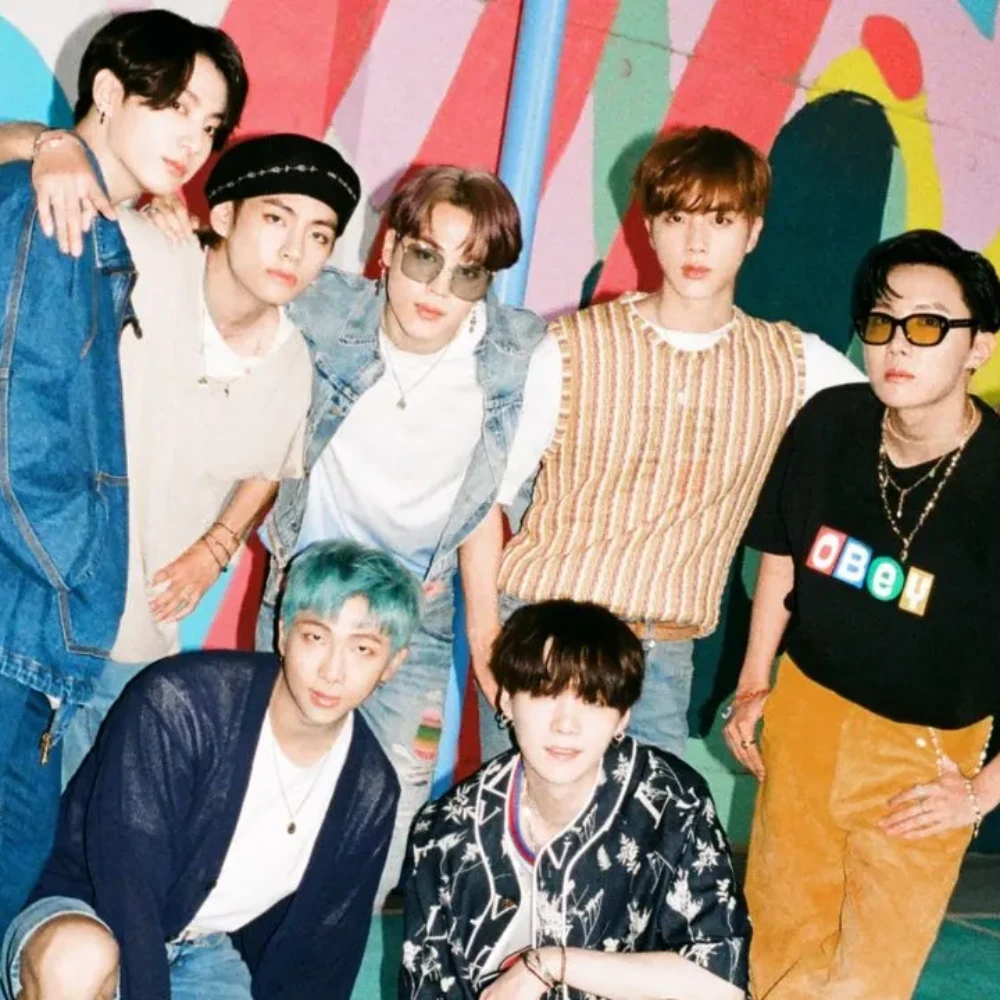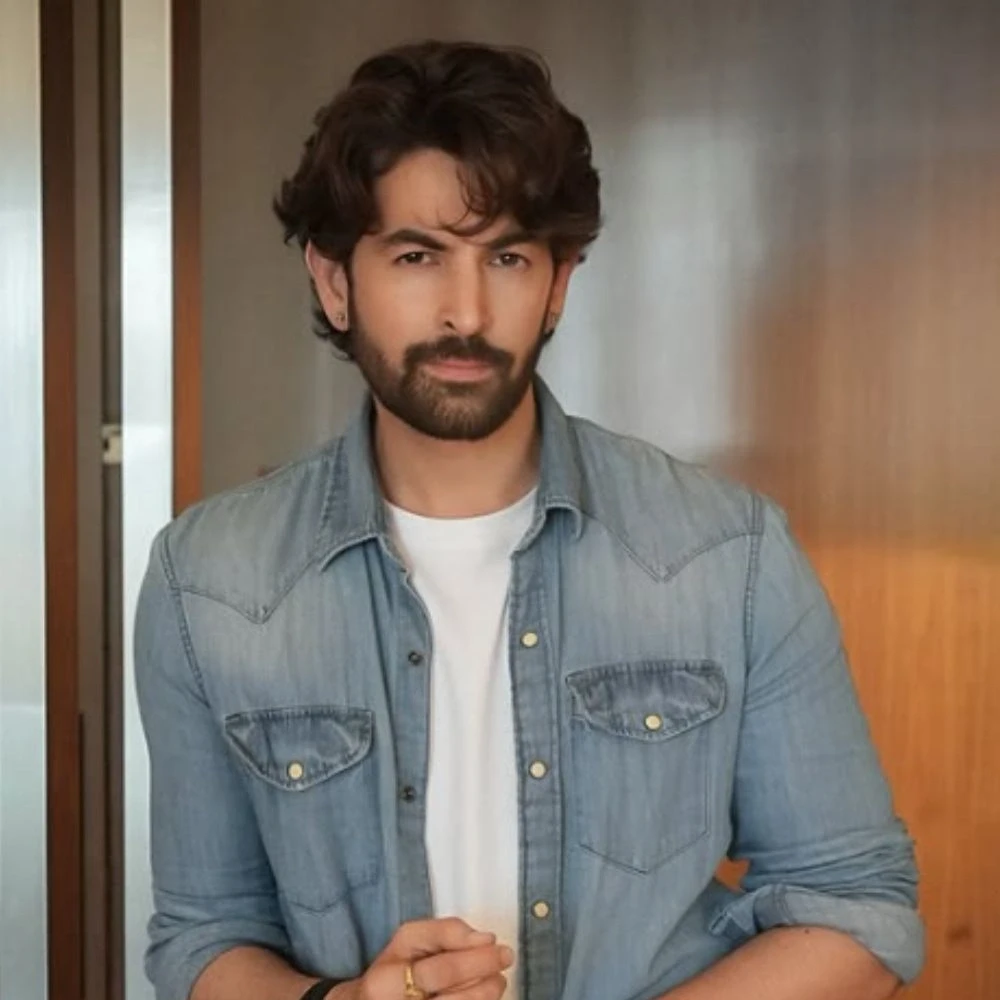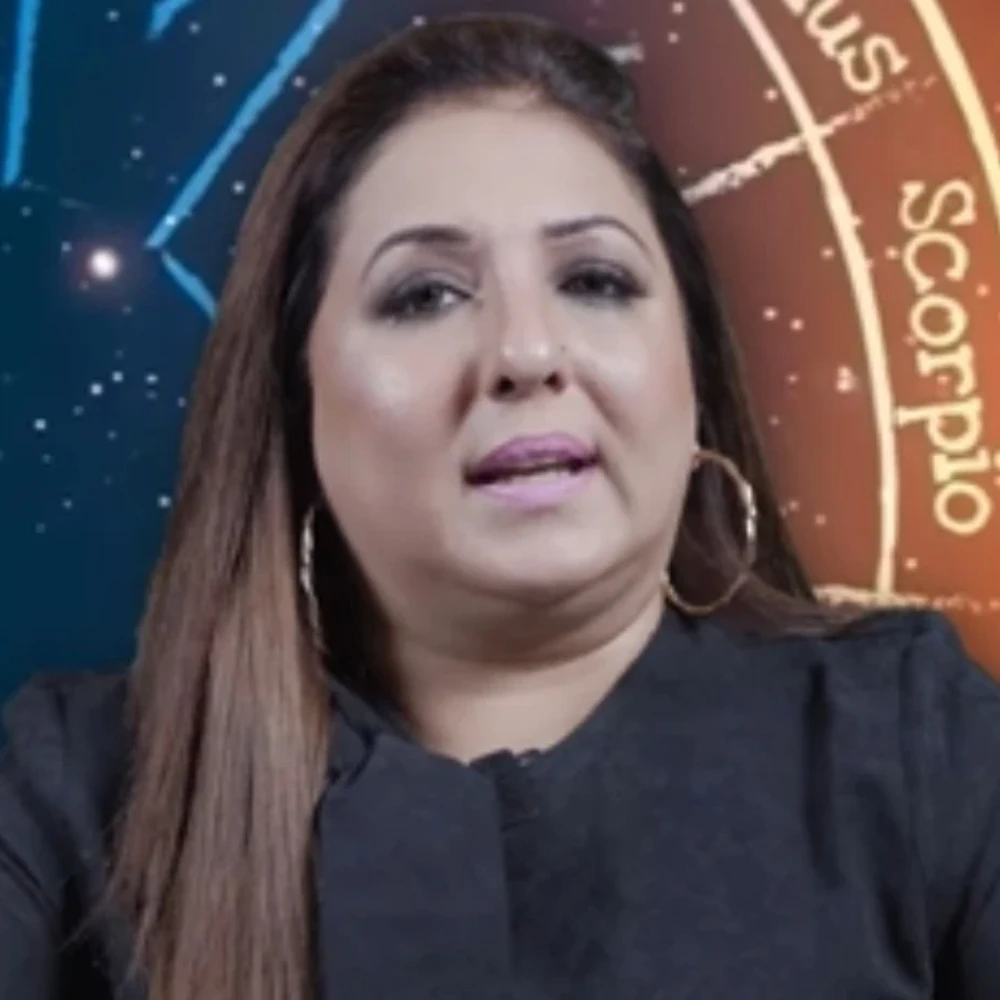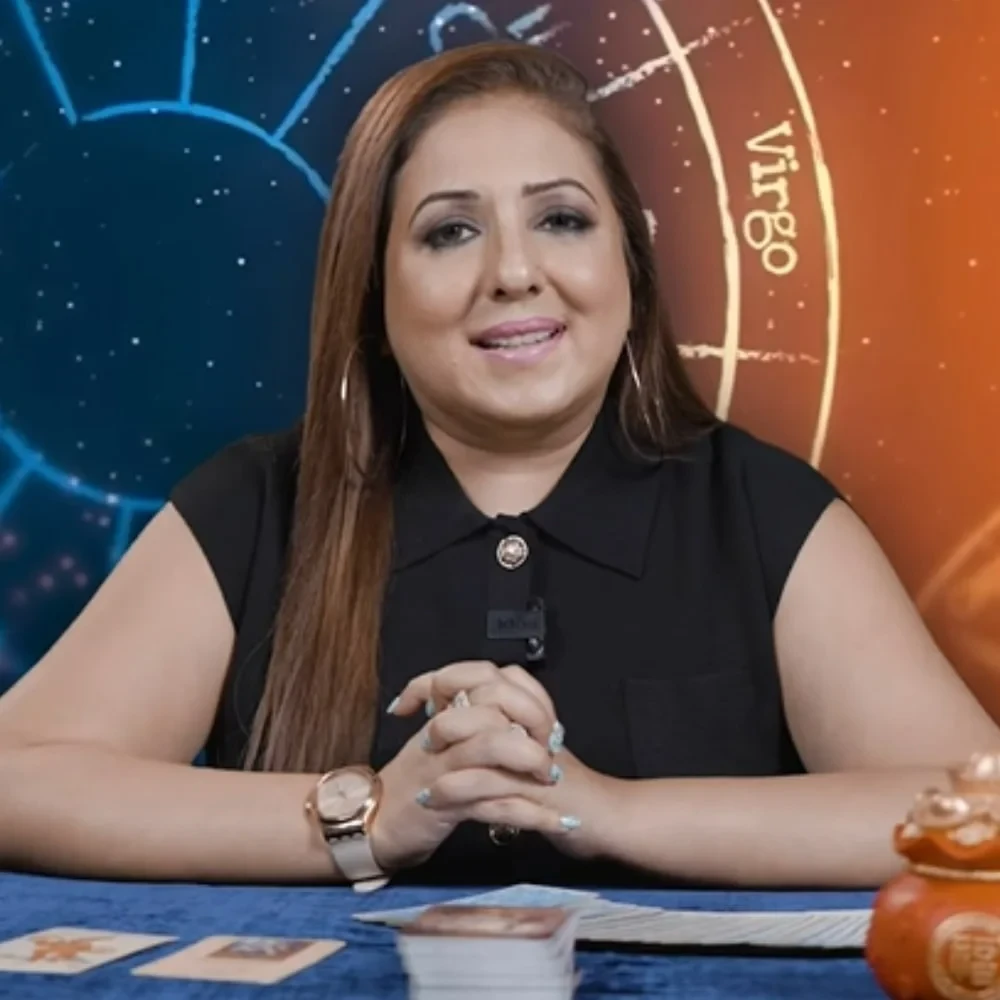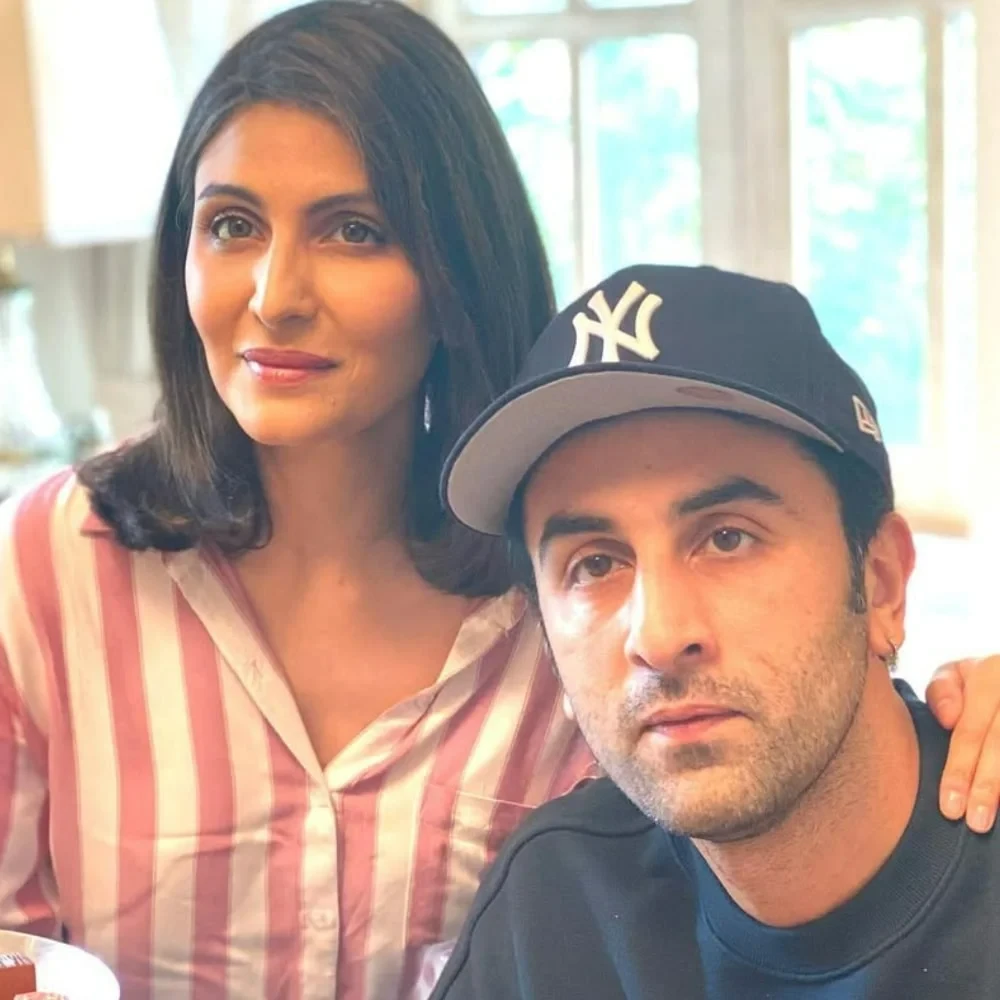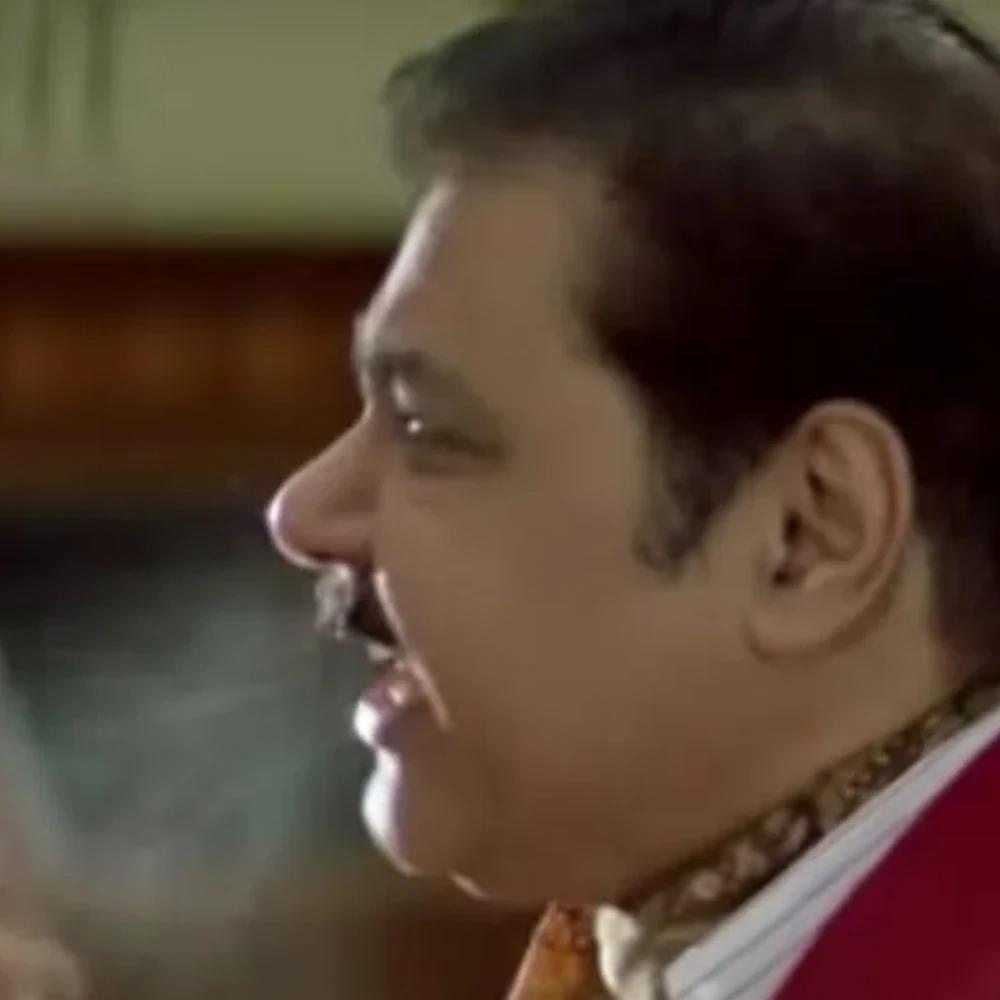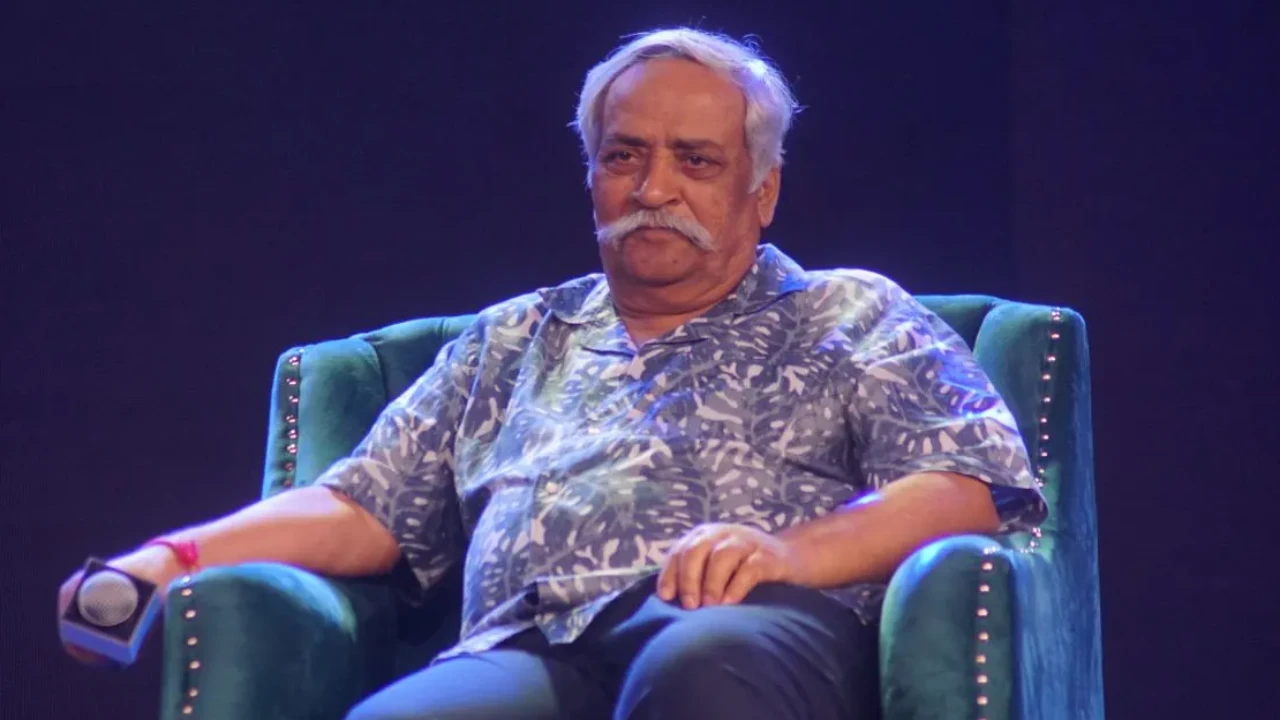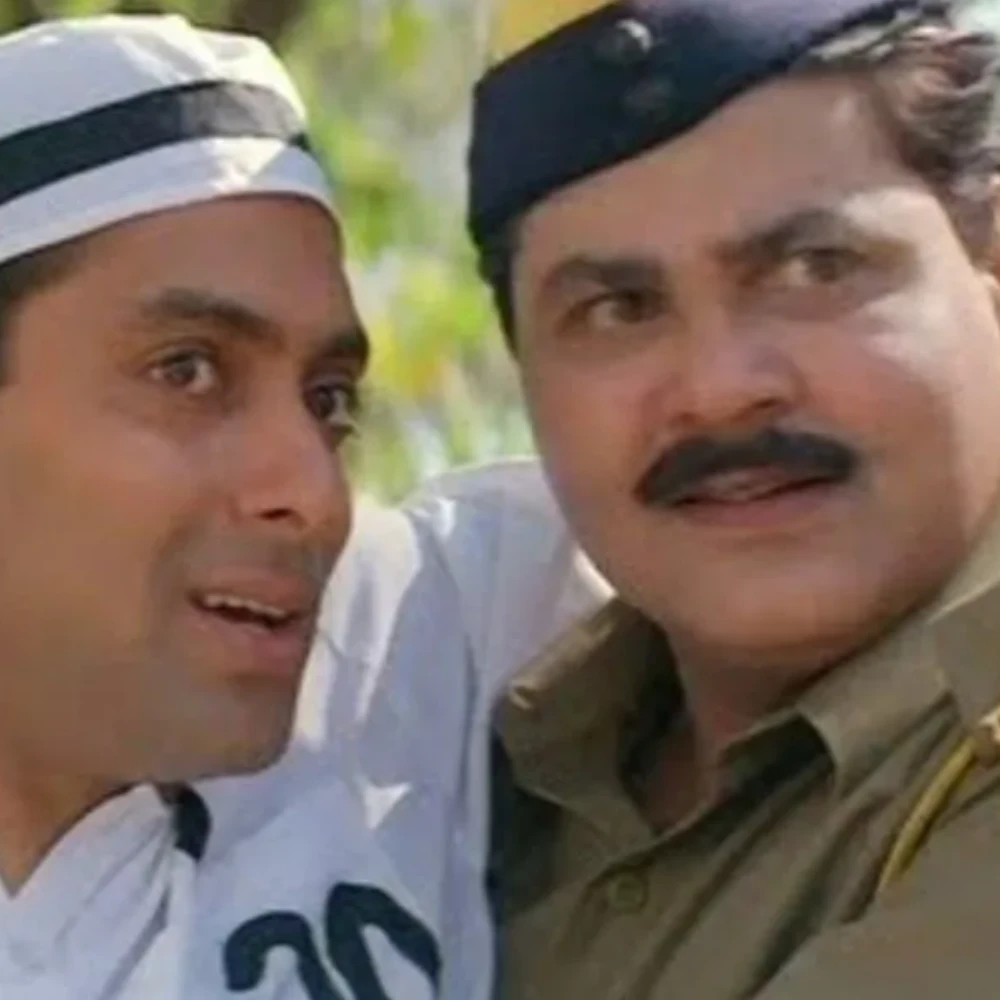How Gen Z's made Saiyaara a Phenomenon: An emotional uprising of digital natives
This emotional stickiness translated seamlessly to virality for the Mohit Suri directed Saiyaara. Details!

In an era where content scrolls faster than emotions can register, the runaway success of Saiyaara stands as a cultural revelation. With no marquee stars or franchise clout, the film still broke through and became a generational anthem—driven entirely by Gen Z. But to understand this phenomenon, we must look not just at the film but at the psychology of its audience. Saiyaara didn’t just entertain—it healed, echoed, and reflected the lived emotional landscape of a digitally native generation raised in what psychologist Jonathan Haidt calls a "phone-based childhood.”
Unlike millennials who transitioned into the internet age, Gen Z was born inside it. They are digital natives, fluent in memes, editing tools, and algorithmic cues—but emotionally stunted in the real world. As Haidt notes in The Anxious Generation, this is the first generation to be raised more by screens than by play. Their childhoods have shifted from being “play-based” to “phone-based,” a subtle change with profound implications. These young people have access to a wealth of information but a poverty of experience.
Hovered over by overprotective parents in the real world, their risk-taking, real-life socializing, and emotional resilience have all been underdeveloped. The result is a generation paradoxically more connected and more isolated than any before it.
Saiyaara lands squarely in this gap. At its core, the film is about raw, unfiltered emotion—heartbreak, vulnerability, yearning. It doesn’t wink at the audience or wrap its pain in cool irony. It leans into the ache. And for a generation that has grown up emotionally distant—liking stories rather than living them—this sincere storytelling feels like oxygen. Haidt writes that kids today are "desperate for meaning, connection, and safe spaces to feel." Saiyaara offered that. It wasn’t just a film; it was an emotional sanctuary.
From a behavioural economics perspective, Saiyaara starring Ahaan Panday and Aneet Padda, activated several key cognitive and emotional triggers. One is contrast bias: in a media landscape cluttered with ironic, hyper-fast, or emotionally shallow content, Saiyaara stood out like a quiet cry in a crowded room. Its sincerity, its stillness, and its melancholic honesty were a jarring contrast to the dopamine-chasing Instagram scroll or the predictable arcs of algorithm-friendly content. Viewers remembered it not because it was loud, but because it hurt—and the brain remembers pain more vividly than pleasure.
This emotional stickiness translated seamlessly to virality. Gen Z didn’t merely consume the film—they deconstructed it, personalized it, and gave it second life on digital platforms. Here, the IKEA effect comes into play: behavioural economists have found that people value what they help build. Every reel edited, every emotional montage created with Saiyaara's soundtrack, every reaction video posted—these weren’t just tributes; they were acts of emotional authorship. Gen Z made the film theirs, and in doing so, gave it cultural immortality.
Equally important was identity signalling. In today’s social internet, content is a proxy for personality. Sharing a tearjerker moment from Saiyaara, posting a romantic dialogue, or setting its score as a story background was a subtle way of saying, “I feel deeply. I crave meaning. I believe in love.” These expressions help Gen Z craft online identities that feel more intimate than their guarded offline ones. In a world where performative detachment is the norm, embracing a film like Saiyaara became an act of emotional rebellion.
What started as cinema became a mood, a language, and a shared emotional ritual.
The music too deserves its due. A deeply melodic and emotionally stirring soundtrack created what can be described as a sensory echo chamber. The score was not just accompaniment—it became a looping emotional trigger. Gen Z stitched these sounds into their digital lives, creating short-form content that repeated and reactivated the film’s emotion day after day, week after week. What started as cinema became a mood, a language, and a shared emotional ritual.
Crucially, Saiyaara also emerged at a time when Bollywood had abandoned the genre of intense, old-school romance. The industry pivoted to slick thrillers, sanitized rom-coms, or multiverse spectacles—leaving a vacuum of raw love stories. Behavioural economics teaches us that scarcity increases perceived value, and Saiyaara entered this emotional void with full force. It became the only film speaking directly to a silent yearning that other content had ignored.
In the end, the success of Saiyaara is not just about box office numbers. It is about resonance. It is about how a film, by daring to be emotionally naked, gave a screen-bound generation permission to feel again. For young people raised to be emotionally cautious, socially anxious, and forever online, Saiyaara was a window into a world of messy, irrational, aching love. A world they had only seen in reels but never lived in real life. And in that window, they saw themselves—not as they are, but as they long to be.
In an industry obsessed with IP and scale, Saiyaara is a reminder that emotional truth, when paired with digital fluidity, is the most powerful engine of modern virality.





 JOIN OUR WHATSAPP CHANNEL
JOIN OUR WHATSAPP CHANNEL


